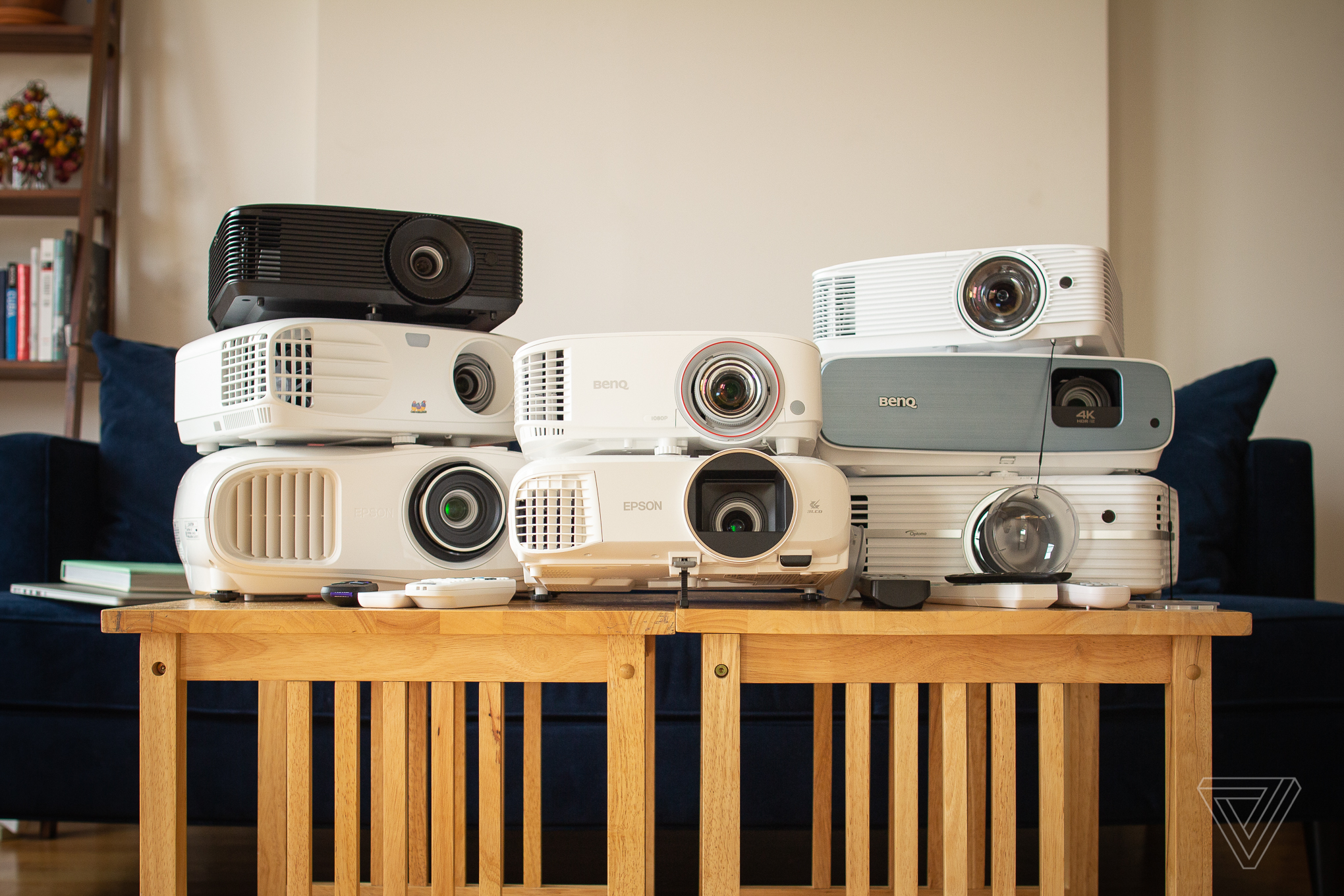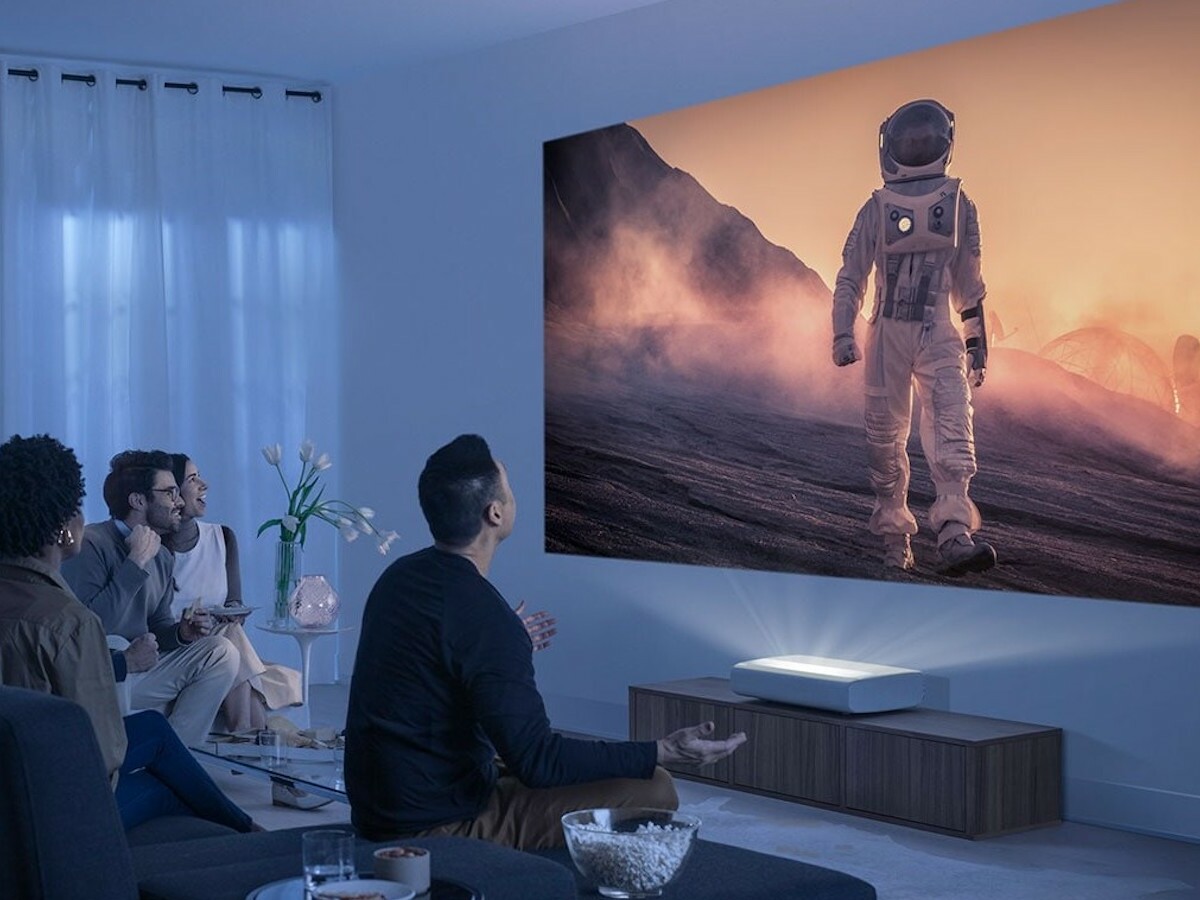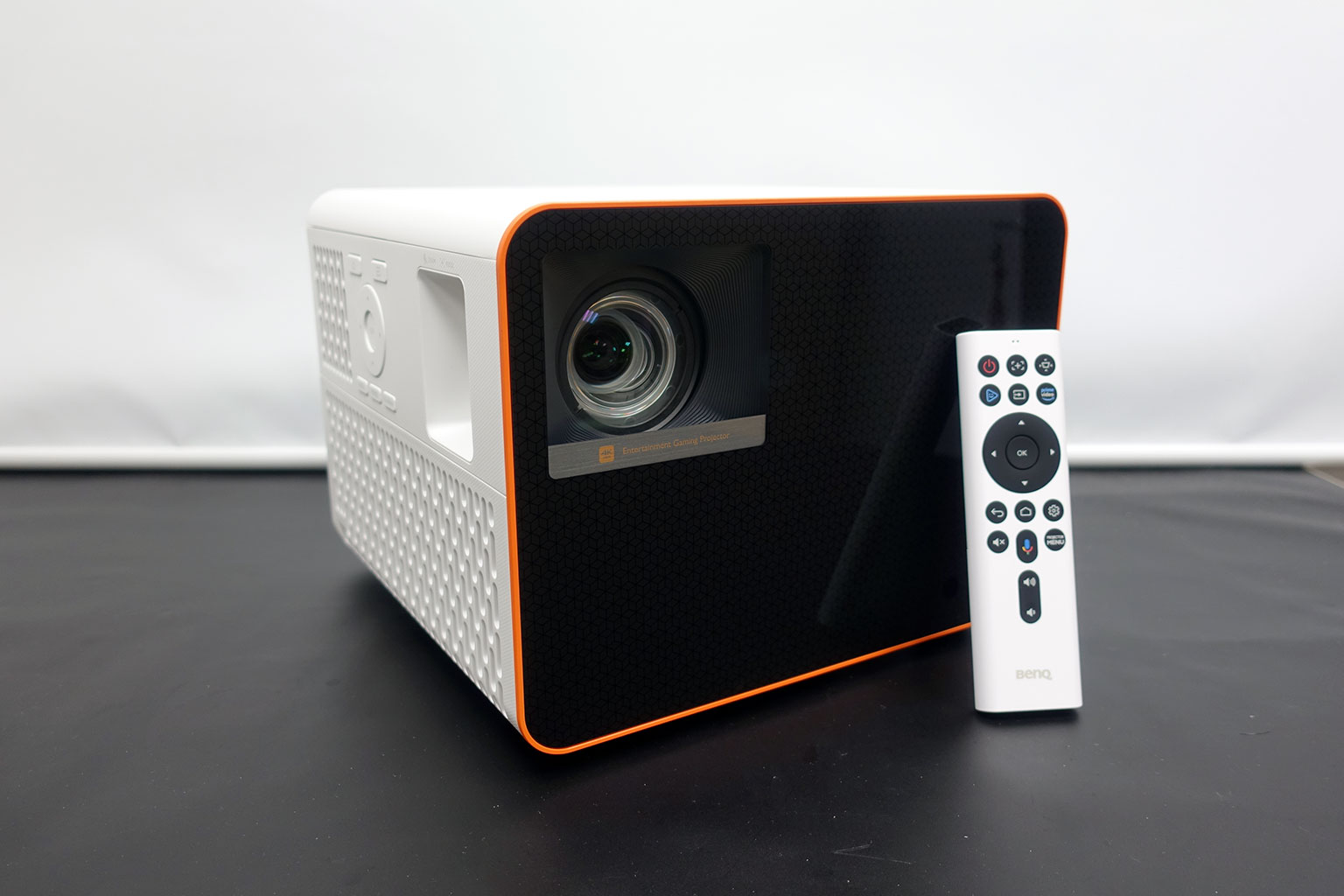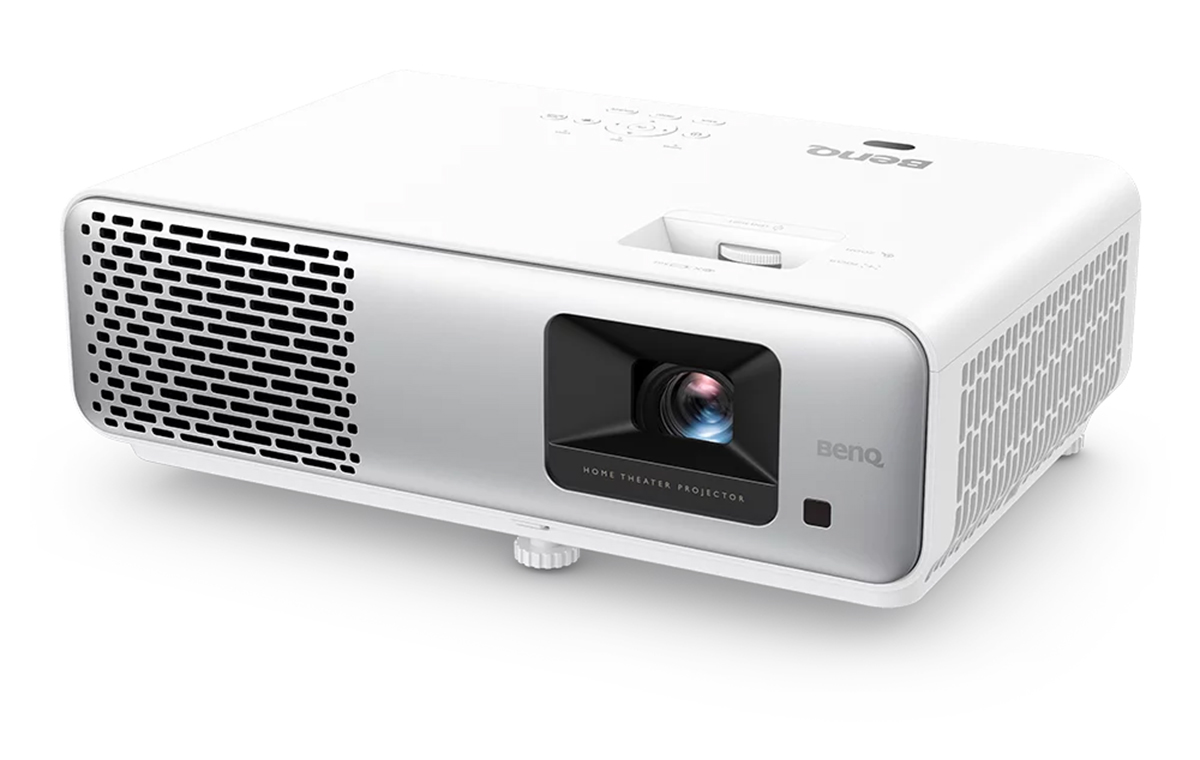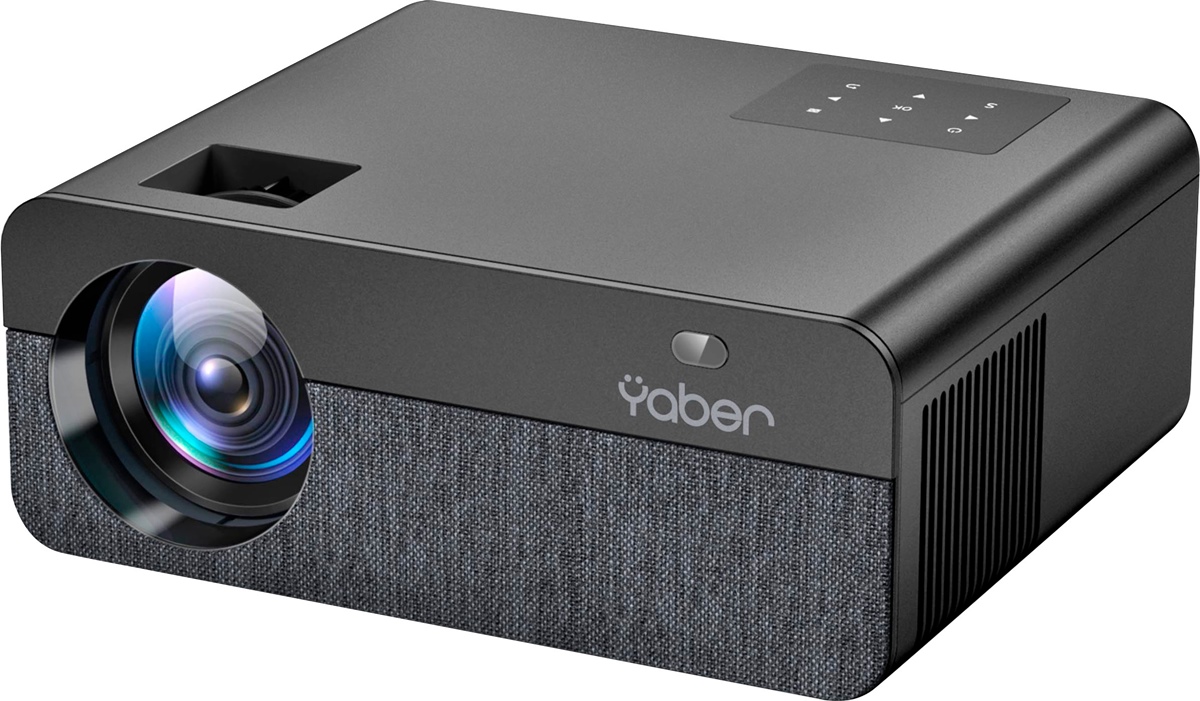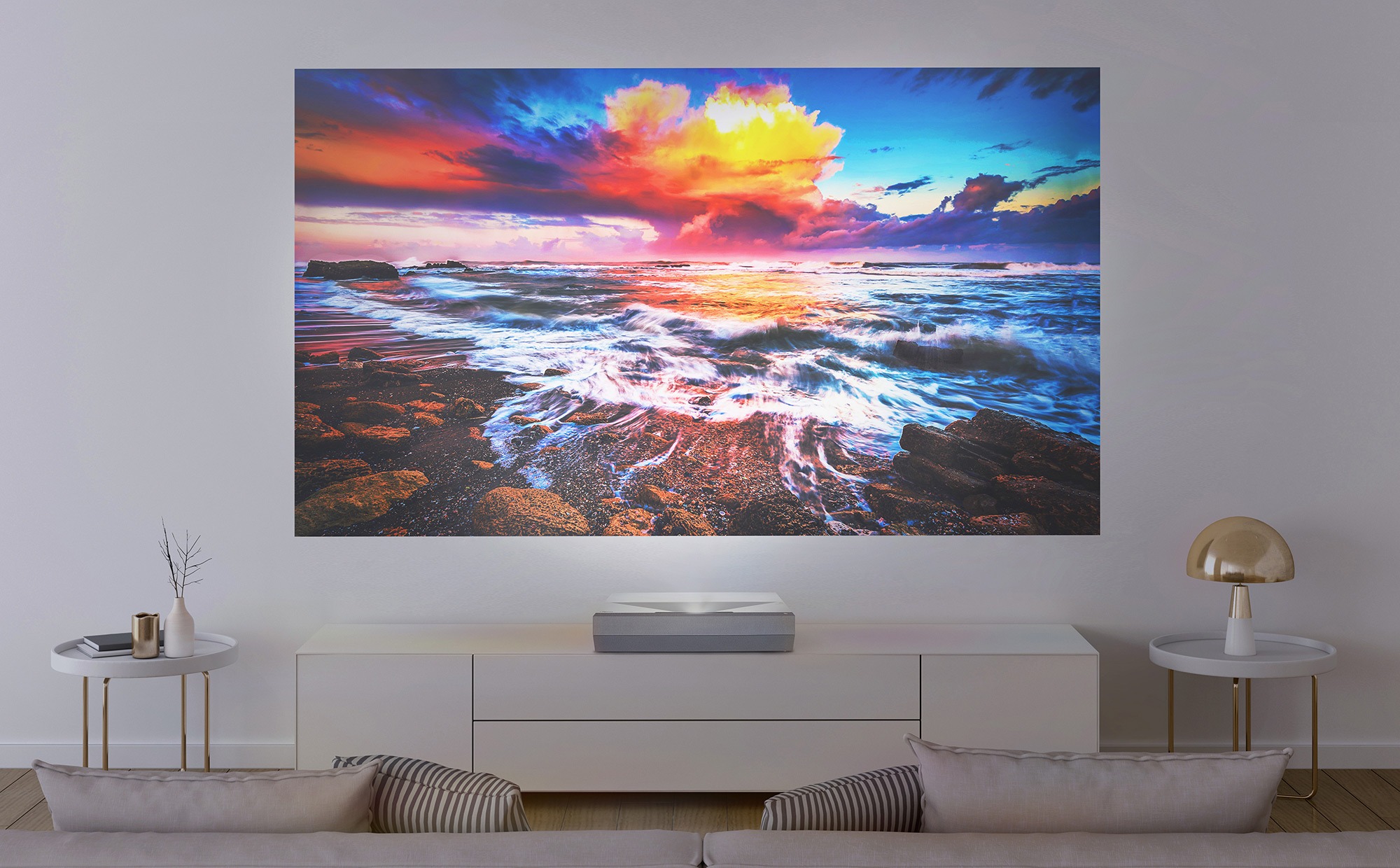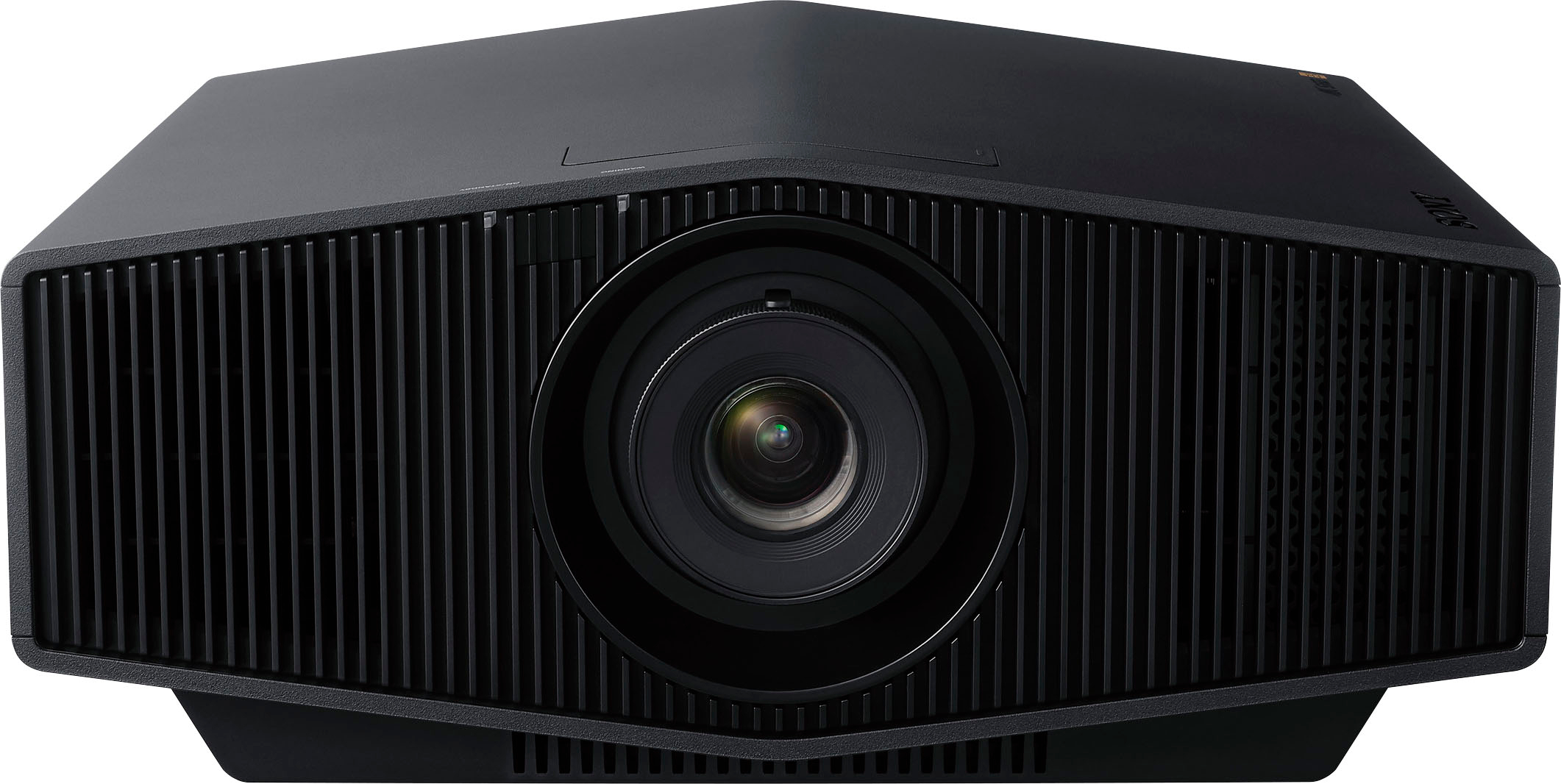Introduction
When it comes to choosing a projector, one of the key factors to consider is its brightness, which is measured in lumens. Lumens refer to the amount of light that a projector emits, and it plays a crucial role in determining the image quality and visibility in various lighting conditions.
Understanding what lumens mean for a projector is essential for making an informed decision while purchasing one. Whether you are setting up a home theater, conducting presentations in a conference room, or planning an outdoor movie night, knowing the significance of lumens can help you achieve the best visual experience.
In this article, we will delve deeper into the concept of lumens, explore their importance for projectors, and discuss how they affect image brightness. We will also provide insights into finding the right lumens for your specific needs and highlight some factors to consider when choosing a projector based on lumens.
So, whether you are a home theater enthusiast or a business professional, let’s dive into the world of lumens and understand how they can enhance your projector experience.
What are Lumens?
Lumens are a unit of measurement used to quantify the brightness of light emitted by a projector. In simple terms, it measures the amount of light that is projected onto a screen or surface. The higher the number of lumens, the brighter the projected image will be.
When it comes to projectors, lumens are an essential aspect to consider as they directly impact the visibility and clarity of the projected image. The brighter the room or environment where the projector is used, the higher the number of lumens required to produce a clear and easily visible image.
It is important to note that lumens are not the same as watts, which measure the amount of power consumed by a projector. Watts indicate the energy usage of a projector, whereas lumens indicate the brightness it produces. Therefore, it is possible for a projector with higher wattage to have lower lumens and vice versa.
Additionally, it is worth mentioning that the lumen output of a projector may vary depending on the display technology used, such as LCD, DLP, or LED. Each technology has its own characteristics and performance, affecting the overall brightness and image quality.
Overall, lumens play a crucial role in determining the visual performance of a projector. By understanding the concept of lumens and how they relate to brightness, consumers can make an informed decision when selecting a projector that meets their specific needs and requirements.
Importance of Lumens for Projectors
Lumens are of utmost importance when it comes to selecting a projector that can deliver optimal image quality in various environments. The right level of brightness ensures that the projected image remains clear, vibrant, and easily visible to the audience. Let’s explore why lumens are crucial for projectors:
1. Visibility: The primary purpose of a projector is to display content for an audience to see. In well-lit environments, such as conference rooms or classrooms with large windows, a higher lumen output is essential to counter the ambient light and maintain visibility. By choosing a projector with adequate lumens, you can ensure that your presentations or visual content are easily viewable, avoiding any strain on the audience’s eyes.
2. Image Quality: Lumens have a direct impact on the image quality produced by a projector. Insufficient lumens can result in a dim and washed-out image, making it challenging to discern the details and colors accurately. On the other hand, a projector with the right amount of lumens will produce a vibrant, crisp, and high-contrast image, enhancing the overall visual experience.
3. Versatility: Different settings and applications require different levels of brightness. For example, a home theater setup typically requires lower lumens as the room can be completely darkened, creating an immersive cinematic experience. However, in environments like trade shows or outdoor projections, higher lumens are essential to compensate for the ambient light and maintain image quality.
4. Flexibility: Having a projector with adjustable lumens provides flexibility in various situations. It enables you to optimize the brightness based on the lighting conditions and the content being projected. This versatility is beneficial for professionals who regularly use projectors for different purposes and need to adapt to changing environments.
5. User Experience: A well-lit and properly visible projection enhances the overall user experience for both presenters and audience members. Whether it’s a business presentation, a movie night, or a gaming session, a projector with sufficient lumens ensures that everyone can fully enjoy and engage with the content being displayed.
To summarize, the importance of lumens for projectors cannot be understated. The right level of brightness ensures visibility, enhances image quality, provides versatility, offers flexibility, and ultimately enhances the user experience. By considering lumens as a key factor when choosing a projector, you can ensure that your projected content stands out and captivates your audience in any setting.
How Lumens Affect Image Brightness
Lumens play a critical role in determining the brightness of the projected image produced by a projector. Understanding how lumens affect image brightness is essential for selecting a projector that meets your specific needs. Let’s explore the relationship between lumens and image brightness:
1. Brightness Output: Lumens directly correspond to the brightness output of a projector. A higher lumen count results in a brighter image, while a lower lumen count produces a dimmer image. The level of brightness required depends on the ambient light conditions of the environment where the projector will be used.
2. Ambient Light Conditions: The amount of ambient light in the room affects the perceived brightness of the projected image. In well-lit environments, such as conference rooms or classrooms with large windows, a projector with higher lumens is necessary to combat the ambient light and maintain a bright and clear image.
3. Screen Size: The size of the screen or surface on which the image is projected also impacts the perception of brightness. Larger screens require a higher lumen count to ensure that the image remains sufficiently bright, whereas smaller screens may not require as many lumens. It’s important to consider both screen size and intended viewing distance when determining the appropriate lumen level.
4. Contrast Ratio: Lumens also affect the contrast ratio, which is the difference between the darkest and lightest parts of an image. A higher lumen count allows for better differentiation between dark and light areas, resulting in a more vibrant and dynamic image. This is particularly important for detailed visual content, such as movies, presentations, or gaming.
5. Image Quality: The brightness of the image directly impacts its overall quality. Insufficient lumens can lead to a dim and washed-out image, making it difficult to distinguish details and colors accurately. On the other hand, an appropriate lumen count ensures a crisp, vibrant, and high-contrast image, enhancing the viewing experience.
By understanding how lumens affect image brightness, you can select a projector that provides the desired level of brightness for your specific needs. It’s important to consider the ambient light conditions, screen size, contrast ratio, and overall image quality when determining the appropriate lumen level. This ensures that the projected content remains clear, vivid, and easily visible to the audience, creating an immersive visual experience.
Finding the Right Lumens for Your Needs
Choosing the right amount of lumens for your projector is crucial to ensure optimal image quality and visibility. The appropriate lumen level depends on various factors, including the environment where the projector will be used and the intended purpose. Here are some guidelines to help you find the right lumens for your specific needs:
1. Determine the Lighting Conditions: Assess the lighting conditions of the room where the projector will be used. Is it a dimly lit home theater setting or a brightly lit conference room? The amount of ambient light in the room will impact the required lumen count. In high ambient light environments, such as rooms with large windows or bright overhead lights, choose a projector with higher lumens to combat the light and maintain a bright image.
2. Consider the Screen Size: The size of the screen or surface on which the image will be projected is a crucial factor. Larger screens require more lumens to maintain brightness across the entire surface. Conversely, smaller screens can achieve satisfactory brightness with fewer lumens. Determine the screen size you plan to use and factor it into your lumens calculation.
3. Purpose of the Projection: Consider the purpose for which you will be using the projector. Different applications have different brightness requirements. For example, a home theater setup usually requires lower lumens as it can be darkened, while business presentations may require higher lumens to ensure visibility in well-lit conference rooms. Gaming or outdoor projections may also necessitate higher lumen counts to compensate for ambient lighting.
4. Viewing Distance: Take into account the distance at which the audience will be viewing the projected image. Smaller distances typically require lower lumens, while larger distances may require higher lumens for a clear and bright image. Consider the seating arrangement and intended viewing distance to select the appropriate lumen output.
5. Quality of Image and Content: Determine the level of image quality you desire and the type of content you will be projecting. High-end visual content, such as movies, photography, or detailed presentations, may benefit from higher lumens to capture intricate details and vibrant colors. On the other hand, standard presentations or basic slideshows may not require as high a lumen count.
Keep these factors in mind when determining the right amount of lumens for your projector. Balancing the lighting conditions, screen size, purpose, viewing distance, and desired image quality will help you make an informed decision and select a projector that meets your specific needs. Remember, finding the right lumens ensures that your projected content remains clear, vivid, and easily visible, enhancing the overall viewing experience.
Factors to Consider When Choosing Lumens
Choosing the right lumen count for your projector requires careful consideration of various factors. Understanding these factors will help you make an informed decision and ensure optimal image quality and visibility. Here are some key factors to consider when choosing lumens:
1. Ambient Light Conditions: Assess the lighting conditions of the room or environment where the projector will be used. If the room is well-lit with natural or artificial light, a higher lumen count will be necessary to maintain a bright and clear image. In dimly lit environments, fewer lumens may suffice.
2. Screen Size and Viewing Distance: The size of the screen and the distance at which the audience will view the projection are essential considerations. Larger screens and longer viewing distances require higher lumens to ensure that the image remains bright and easily visible. Conversely, smaller screens or shorter viewing distances may require fewer lumens.
3. Content Type: Consider the type of content you will be projecting. If you primarily use your projector for detailed visuals such as high-resolution images, videos, or gaming, you may want to opt for a higher lumen count to enhance clarity and color vibrancy. However, for general-purpose presentations or basic slideshows, a lower lumen count may suffice.
4. Room Size and Reflectivity: The size of the room and its reflective surfaces can impact the perceived brightness. A larger room with high ceilings and minimal reflective surfaces will require more lumens to fill the space adequately. Conversely, smaller and more enclosed spaces may require fewer lumens to avoid over-brightening the image.
5. Contrast Ratio: Consider the contrast ratio offered by the projector. A higher lumen count can lead to a higher contrast ratio, resulting in enhanced differentiation between dark and bright areas of the image. This is especially important for content with subtle details and deep shadows.
6. Budget and Cost-Effectiveness: Lumens often have a direct correlation with the cost of the projector. Higher lumen projectors tend to be more expensive. It’s important to weigh the desired brightness level against your budget to find the right balance between lumens and cost-effectiveness.
7. Future Expandability: Keep in mind any future plans to upgrade your projection setup. If you anticipate using your projector in larger or brighter environments in the future, it’s advisable to consider a projector with higher lumen capabilities to future-proof your investment.
Considering these factors will help you determine the appropriate lumen count for your projector, ensuring that the image quality remains optimal and easily visible in your specific environment. Remember, finding the right balance of lumens is crucial to achieving an enjoyable and immersive visual experience.
Understanding Brightness and Projector Size
When selecting a projector, it’s important to understand the relationship between brightness and projector size. Projector size can have an impact on the brightness of the projected image. Here’s what you need to know:
1. Lumens vs. Projector Size: It’s a common misconception that larger projectors always produce brighter images. While it’s true that larger projectors often have higher lumen outputs, the size of the projector itself doesn’t directly determine the brightness. The lumen count determines the brightness level, regardless of the physical size of the projector.
2. Compact Projectors: Compact projectors, also known as portable or mini projectors, are small in size and highly portable. These projectors usually have lower lumen outputs compared to larger models. They are designed for smaller, more intimate settings where space is limited or when portability is a priority. They can still provide adequate brightness for home use or smaller presentations in dimly lit environments.
3. Standard Projectors: Standard-sized projectors offer a good balance between portability and brightness. They are suitable for a wide range of applications, including classrooms, conference rooms, and home theaters. These projectors typically have a higher lumen output compared to compact models, ensuring sufficient brightness for a variety of lighting conditions and screen sizes.
4. Large Venue Projectors: Large venue projectors are designed for auditoriums, lecture halls, and other large spaces. These projectors have the highest lumen outputs and are capable of producing bright and clear images even in high ambient light conditions or for very large screens. They are ideal for scenarios where brightness and visibility are crucial, such as live events or large-scale presentations.
5. Choosing the Right Projector Size: When determining the appropriate projector size, consider the specific requirements of your intended use. Assess the size of the room or space where the projector will be installed, as well as the seating arrangement and screen size. A compact projector may be sufficient for small rooms or intimate settings, while larger spaces may require a standard or large venue projector to ensure adequate brightness and visibility.
6. Optimal Image Quality: While brightness is important, it’s also essential to consider other factors that contribute to optimal image quality, such as resolution, contrast ratio, and color accuracy. These factors can vary across different projector sizes and models. Therefore, it’s important to evaluate the overall specifications and features of a projector to ensure it meets your specific image quality requirements.
Understanding the relationship between brightness and projector size is crucial when choosing the right projector for your needs. Consider factors such as the intended use, room size, screen size, and desired image quality to select a projector that provides the optimal brightness and visual experience in your specific environment.
Challenges with High Lumens
While high lumens can offer benefits in terms of brightness and visibility, there are some challenges associated with using projectors with high lumen outputs. Understanding these challenges is crucial to make an informed decision when selecting a projector. Here are some of the common challenges that come with high lumens:
1. Heat Dissipation: High lumen projectors tend to generate more heat than lower lumen models. The increased heat can affect the projector’s performance and longevity if not properly managed. It is important to ensure proper airflow and ventilation to prevent overheating and potential damage to the projector.
2. Noise level: Projectors with high lumen outputs often have more powerful cooling fans to dissipate the heat generated. These fans can produce more noise than their lower lumen counterparts. This can be distracting, especially in quiet environments or during presentations where background noise is minimized.
3. Energy Consumption: High lumen projectors require more energy to produce the desired brightness. This can lead to higher energy consumption and subsequently increased electricity costs over time. It’s essential to consider the energy efficiency of the projector and balance it with the desired brightness level to optimize energy usage.
4. Price: Projectors with high lumen outputs are typically more expensive than lower lumen models. The higher cost is attributed to the advanced technology required to achieve the desired brightness levels. It’s important to weigh the benefits of higher lumens against your budget to ensure a cost-effective choice.
5. Portability: Higher lumen projectors often come in larger sizes and heavier weights due to the additional components required for increased brightness. This can affect the portability and ease of installation, making it less convenient for users who require a more portable or versatile projector.
6. Image Quality Trade-offs: In some cases, increasing the lumen count can lead to trade-offs in image quality. Higher brightness levels may result in reduced color accuracy or contrast ratio. It’s essential to find the right balance between brightness and image quality to ensure the best visual experience for your specific needs.
While high lumen projectors provide excellent brightness and visibility, it’s important to consider the challenges associated with them. By understanding these challenges, you can make an informed decision and select a projector that not only meets your brightness requirements but also addresses the potential drawbacks that come with high lumens.
Conclusion
Understanding the concept of lumens is essential when choosing a projector that meets your specific needs. Lumens directly determine the brightness and visibility of the projected image, playing a crucial role in creating a captivating visual experience. By finding the right balance of lumens, you can ensure optimal image quality in various lighting conditions and environments.
Consider factors such as the ambient light conditions, screen size, viewing distance, and desired image quality when determining the appropriate lumen count for your projector. This will ensure that the projected content remains clear, vibrant, and easily visible to the audience.
While high lumen projectors offer increased brightness, they also come with challenges such as heat dissipation, noise, energy consumption, price, and portability. It’s important to weigh these factors against the desired brightness level to make a well-informed decision.
Remember to consider other aspects of projector performance, such as resolution, contrast ratio, and image quality, in addition to lumens. These specifications contribute to the overall visual experience and should be evaluated alongside the lumen count.
By understanding the importance of lumens, considering the factors that influence their selection, and being mindful of the challenges associated with different lumen outputs, you can choose a projector that delivers the best possible image quality for your specific needs. Whether for home theater, business presentations, or outdoor events, selecting the right lumens will ensure a visually captivating and immersive experience for both you and your audience.









